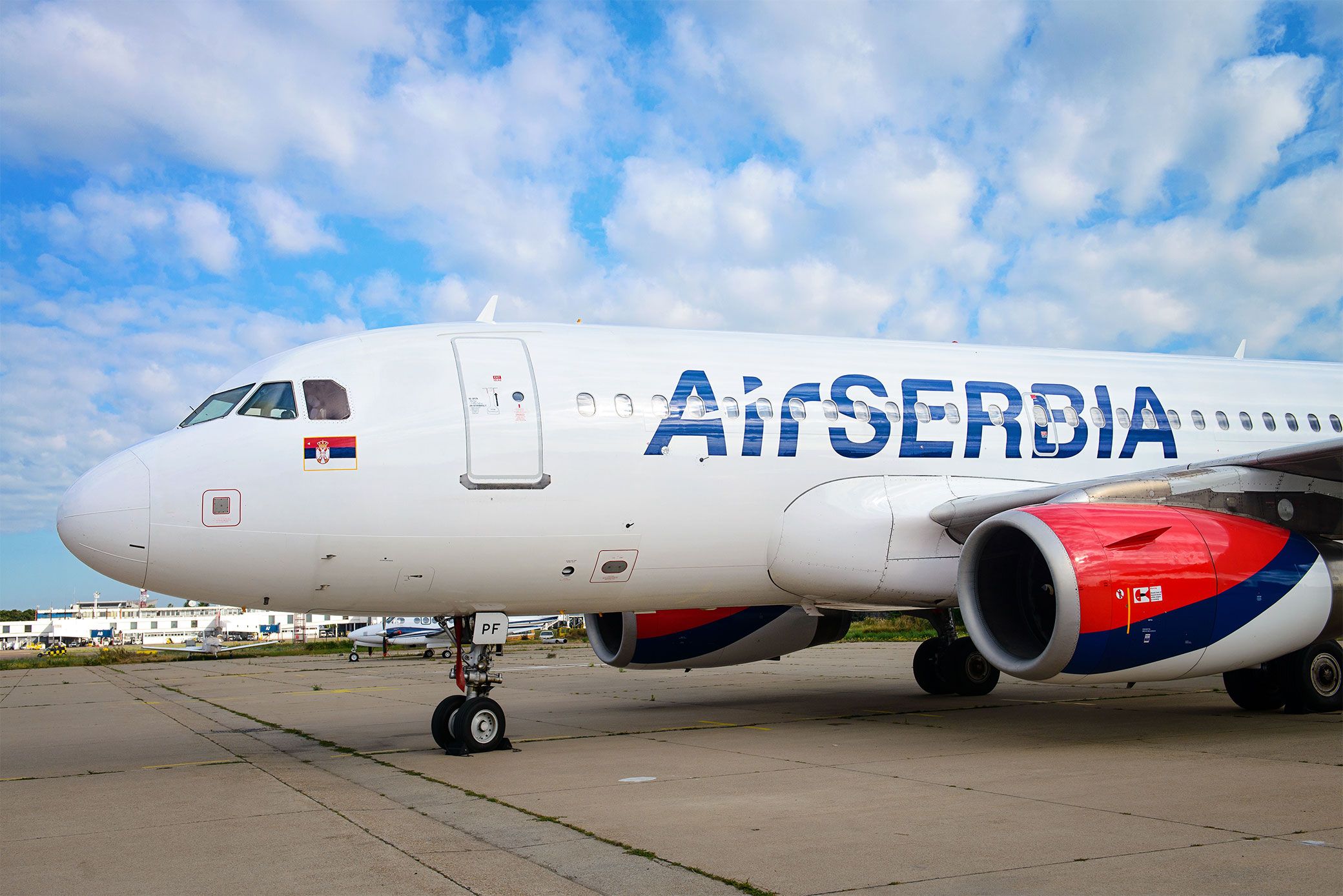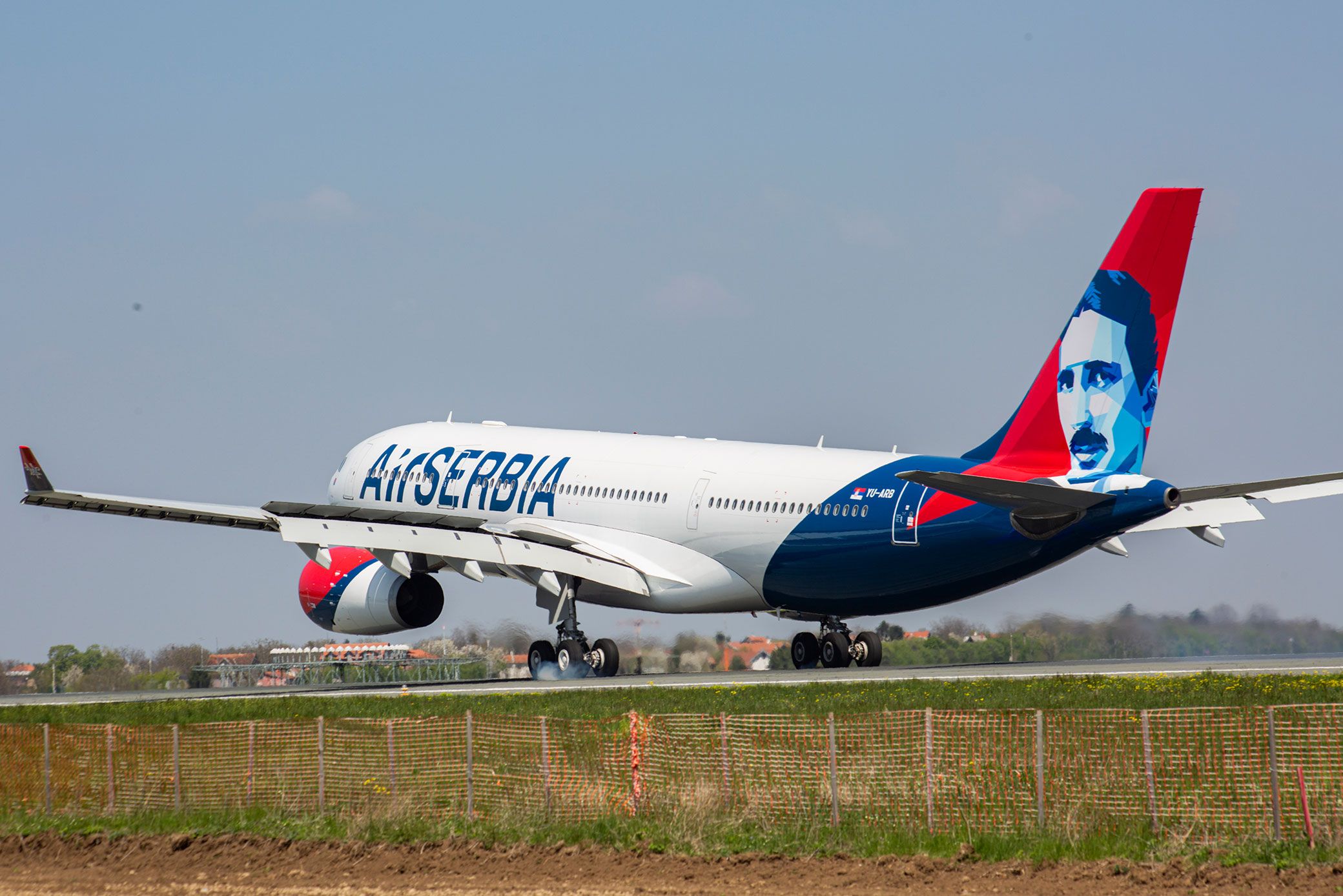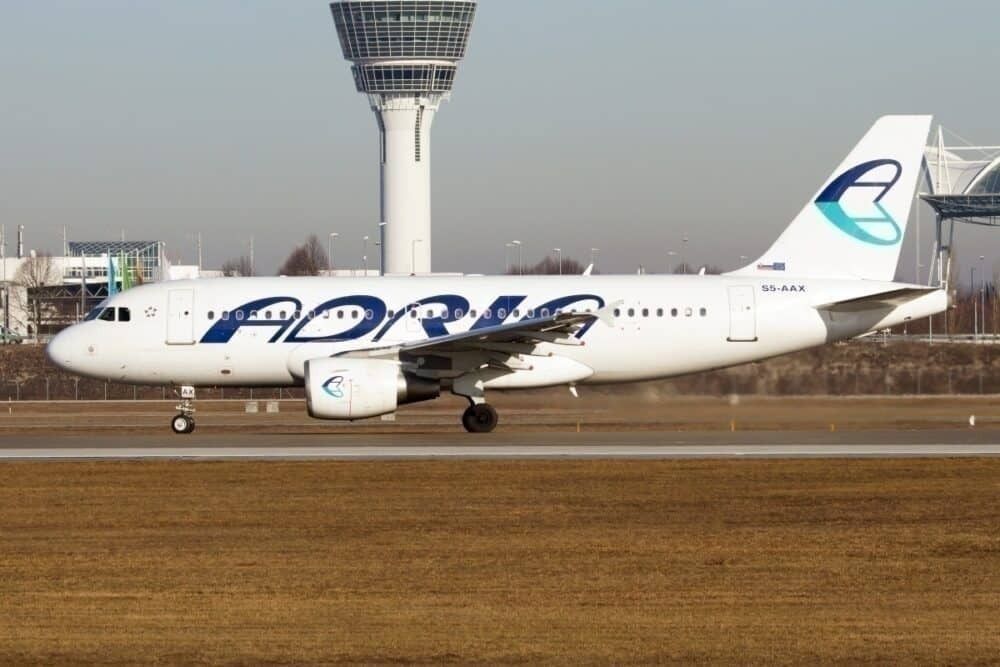Air Serbia is aiming to register a profit this year to start a trend of long-term profitability in the years to come. The Serbian national airline is a recipient of state subsidies and PSO funding, and its focus on building a regional hub in Belgrade is starting to deliver some serious levels of growth.
Air Serbia to return to profit
Air Serbia is counting on 2022 being a profitable year, according to its new CEO, Jiri Marek. He said:
“We are a smaller regional airline and want to grow with the market in a profitable and sustainable way. (…) In 2021 we significantly improved our operational performance and even reduced our loss. This year we are aiming to be profitable and we will continue to be on that path in the future as well. We want it to stay like that. Air Serbia will continue to be the leading regional carrier in Balkan region and we would like to keep our market share between 50 to 55 percent in Belgrade.”
In the pandemic years of 2020 and 2021, Air Serbia made a loss of just under $100 million.
Prior to that, between 2014 and 2020, it was turning a profit every year, though its operational result would have been a loss had it not been for government subsidies that Serbia continues to inject into its flag carrier.
The exact value of the government subsidies is not known: Air Serbia is among over 50 organizations in Serbia that receive financial aid from the government, and it is not publicly known how much money goes to each.
Similarly, it is not clear how Air Serbia used the 100 million euro ($100 million) capital injection provided by the Serbian government just under two years ago. As Simple Flying reported at the time, this capital injection saw the Government of Serbia increase its ownership stake in its flag carrier from 51% to 82%. The move is part of Etihad’s withdrawal from Air Serbia, an airline that is one of its rare success stories.
A strong relationship with the state
Air Serbia is a regional success story when it comes to route launches, fostering hub synergies, and responding to new market opportunities. Most recently, the airline significantly expanded its offering to Bucharest (OTP) as a result of the market gap left by Blue Air. It reacted in a similar way in Ljubljana (LJU) in 2019 after Adria Airways declared bankruptcy.
The airline is a political project of the incumbent president, who has turned it into a success story that only became greater as Etihad started exiting the company. As a result, the Serbian state and Air Serbia are tightly linked, and this explains the large amounts of state aid provided for it.
Commenting on this, the CEO, Jiri Marek, said:
“Air Serbia played a significant role during the pandemic, helping the Serbian government with repatriation flights, with delivering medical aid and so on. And I think we proved that not only connectivity, but also significant economic benefits are a result of our operation.”
What do you think of Air Serbia making a profit in 2022, following two pandemic years of losses? Let us know what you think of this story in the comments below.
Source: aerotelegraph.com



